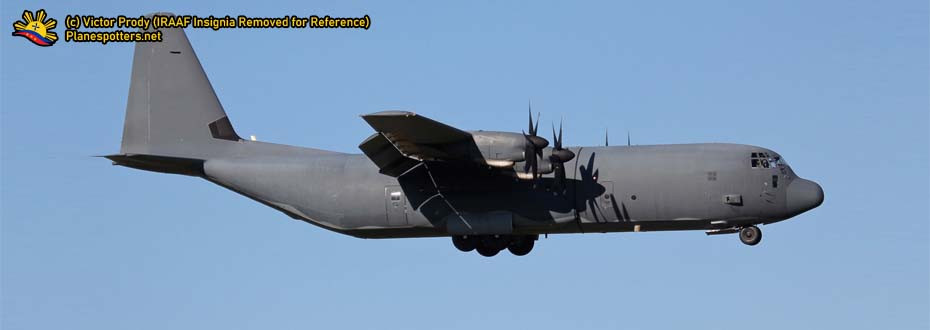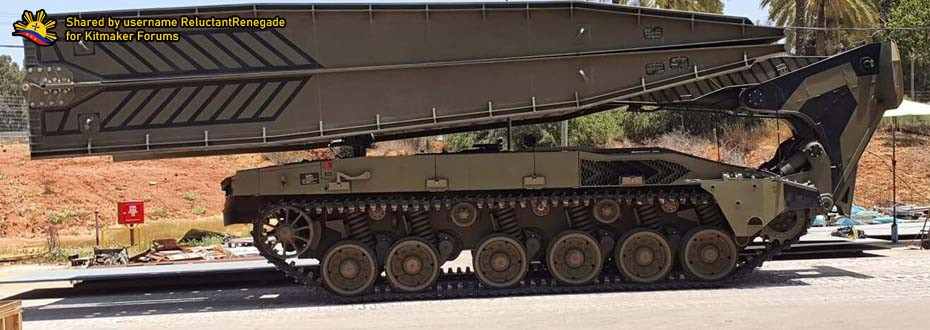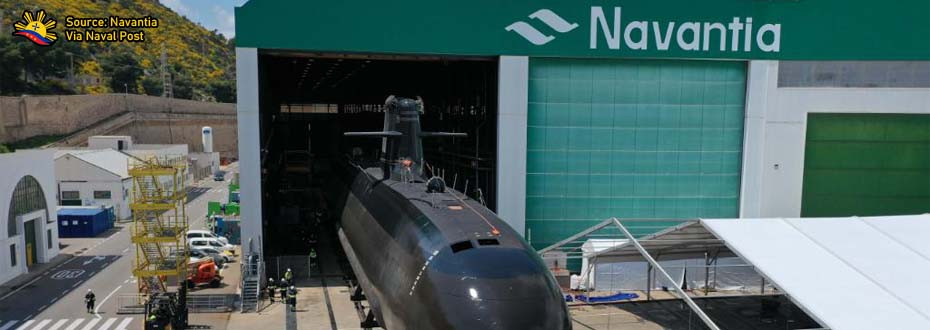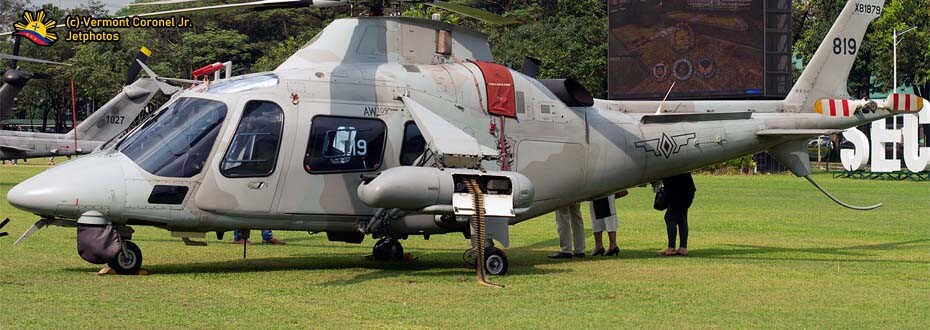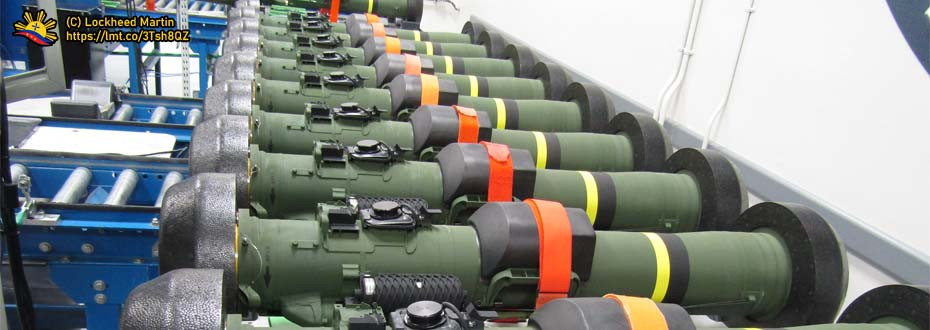The Philippine Navy at present obtains three ex-Hamilton cutters or as what the Philippine Navy calls it, the three Del Pilar-class frigates. In this lies the question where several defense outlets are discussing: "Will there be a 4th Del Pilar-class frigate?" But with it comes with considerations where stance, technicalities, and other things are highlighted.
OVERVIEW
 |
BRP Gregorio del Pilar in a crimson sunrise.
Courtesy of its FB page. |
Way back in 2015, the Philippines already have two Del Pilar-class frigates in its inventory. Apparently, the discussion of additional ships does not only stop to buy another one but also focusing on the possibility of procuring two more.
It was then noted in the Coast Guard Acquisition Directorate [pdf; refer to page three] way back in 2011 upon the purchase of BRP Gregorio del Pilar that the Philippines opted to buy three more ships aside from Del Pilar. That in which arises the possibility of having a 4th Hamilton cutter in the Philippine Navy.
In having three Del Pilar frigates in the inventory, having the 4th one seems like a possibility wherein Twitter, the United States Coast Guard reportedly will decommission USCGC Morgenthau (WHEC-722). In this case, one may ask about the idea of obtaining it for spares or having it as a whole where it can complement other vessels. In this discussion, it will answer three questions:
1. How certain really is having a fourth Hamilton cutter given the situation that pertains or arises at present?
2. Presuming the acquisition was pushed through; How ideal is this Hamilton cutter in the Navy will be - as a whole frigate that patrols alongside its other three sister ships? Or as a spare parts provider where the ship itself will be cannibalized and be put to scrap?
3. What is the underlying idea of the navy about the number of ships in respect to the rule of thirds like having three Del Pilar-class frigates (2019 Update: Offshore Patrol Vessels) as what the Sail Plan suggests?
So, let us check on the answers to these questions...
PROCUREMENT CERTAINTY at present terms
 |
| BRP Andres Bonifacio FF-17. Courtesy of GMA News. |
Given the present situation between the US and the Philippines as well as the respective policies both governments undertake, it seems that it may be less possible for any materialization to take place. Not to mention that aside from the Philippines itself, other nations are after the USCGC Morgenthau which may potentially be either Bangladesh or Nigeria which are also obtaining ex-Hamiltons in their navies.
In this case, however, will remain to be seen as there will be several changes without prior notice or other things for that matter where it may favor the Philippines or not. Speaking of which, it is at best to keep a close watch for any updates about this ship's decommission and its fate. Moreover, the AFP Modernization Program, through the Philippine Navy's Sail Plan, really calls to procure only three Del Pilar-class frigates rather than four vessels for that matter. The underlying concept of the rule of thirds will be explained below in this article on the third question.
In such a manner, one is asking in the sense that the navy, being keen to the plans at having three patrol frigates (2019 Update: Offshore Patrol Vessel) like the Del-Pilar vessels as what the Sail Plan suggests, why it has still opted for a fourth one? It may pertain to the thing the second question is asking which is the fate of such a ship within the navy.
PRESUMED FOURTH DEL PILAR-CLASS FRIGATE'S FATE
As an active vessel or as a spare parts resource
 |
| Via Francis Karem Neri's FB page. |
Given a hypothetical scenario where it may be awarded to the Philippines, it is ideal to see as to the nature of these ships wherein its fate is also uncertain even at this point given that the navy in itself may encounter two issues that still persist even at present -- spares for old ships including the ex-Hamiltons and the necessity of having more hulls.
 |
BRP Ramon Alcaraz with a World War 2 corvette. It was then noted that
the Philippine Navy decommissions old ships and cannibalized them for spares
for several in service to continuously operate. |
To be specific, the fate of the alleged fourth Del Pilar frigate given the best of luck may be divided among two extremes -that is, either serving as an active vessel where the Philippine Navy badly needs more hulls to patrol the whole archipelago which is one of the largest there is aside from Indonesia or rather, serving as a spare parts stash where the ship will be cannibalized and scrap where its spare parts will be used for the three ships considering that no company ever made any spare parts for these ships for years.
With regards to using it as an active vessel alongside the other Del Pilar-class frigates, one may say that it is a necessity where the Philippine Navy badly needs more hulls to do its mandate to patrol the longest of coastline this archipelagic nation obtains in the sense that upon the presumption of rotational patrols in an idealistic scenario, such vessels may be seen on patrol in different areas of concern ranging from the Sulu Sea to Bashi Channel or rather from Benham Rise to the West Philippine Sea wherein aside from several coast guard vessels, these ships will further enhance presence when it is needed.
This is, on the maintenance view wherein on all these ships obtained, there will be two of these frigates that are available for patrols, one in a dock for minor repairs as well for reinforcement and one on drydock for major repairs. And it is done at a routine. This is, assuming that a fourth cutter was received and became an active vessel.
Meanwhile, using the cutter as a spare parts stash where the ship will be cannibalized and scrapped while any usable parts will be used for the other ships to operate is also a good idea considering that these 1960s era ex-Hamilton cutters don't have any producers of spares where all of those are gone long ago. Speaking of which, it will be worthless for the other Del Pilar ships considering that it's already-long lifespan will further lengthen through this idea which it was already done against old World War 2 vessels the Philippine Navy have where ships decommission to be cannibalized for the other ships to keep on operating and doing its mandate wherein as part of the Sail Plan, newer hulls may give the chance for old ships to take its rest.
In the case of the Del-Pilar class vessels, the spare parts will help them operate at longer periods of time considering that being a stop-gap offshore patrol vessel, it improves naval capabilities with regards to safeguarding the waters better than the older World War 2 era ones while newer vessels are planned and yet to be materialized if ever anything goes well.
Choosing between these options is deemed difficult to assess given the areas that are needed to consider especially on the condition of these ships in terms of maintenance as well as the overall condition of the navy where it badly needed hulls both old and new to do its mandate. Speaking of which, the Philippine Navy alongside the Hamilton cutters are also looking after the Countinho-class corvettes of Portugal as well as the Pohang-class corvettes from South Korea wherein sophisticated weaponry aren't really matter, but rather focus on the endurance of these said ships that it is really important to give presence where the said navy ships may help to show presence in disputed waters to prove that the nation fight for its national interests.
Availability of hulls is a necessity to do a certain patrol on the seas done. And for it to be achievable, the availability of spare parts is badly considered. In such a manner, one may say that there shall be a compromise on these forms of availability where the two extremes are either followed completely or partly considered as well as considering not to take these things at all given the uncertainty of things.
It can be that for example, presuming the deal for Portuguese vessels and Pohang-class corvettes went well make decision-makers having a 4th WHEC a spare parts stash, or rather it can be as a full, functioning vessel if the other deals aren't gone that well or rather, such interest is no longer being considered.
MAINTENANCE CONCEPT WITH THE RULE OF THIRDS
 |
| Drydocking is one of the routines in the rule of thirds concept. |
So, here is the military concept with regards to the rule of thirds. Given the description, this concept pertains to a military unit or force where one third is in an operation, another one third is preparing for an operation and one third after being in an operation, is under the period of recuperation.
In this case, the same applies to these Del Pilar-class frigates where one is on active patrols, one is on a dock preparing for patrols and one, being after operations will be returning to the dock for minor maintenance or in drydock for major ones. This is where realizations have been made as to why it is ideal to have three ships or six or 12 for that matter when it comes to procuring them. Speaking of which, this may be the good, if not the best explanation as to why the Sail Plan calls for six missile-armed frigates, three patrol frigates and etc...
CONCLUSION
Given the present situation, it is less possible for the Philippines to procure this ship given the prevailing policies both the governments of the US and the Philippines have. But presuming or for instance that the plans of having a fourth Hamilton cutter taking place, it may be good either as an additional asset or as a spare parts resource where the ship will be cannibalized varying to the situation where other lookup options like the Pohangs and Portuguese corvettes may influence its fate if given the situation.
Overall, it is at best to have a fourth Hamilton in the sense that it is more to be like a spare parts stash. Having three of these activities in service is enough to suffice the needs where the Sail Plan calls for newer assets to come where these ships will be a stopgap as well as a platform in the transition from World War 2 vessels to modern, more sophisticated ships like the brand new frigates from South Korea.












